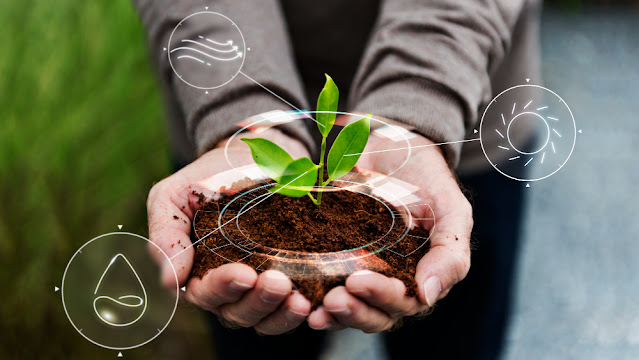From Seed to Harvest: The Role of Commercial LED Grow Lights in Every Growth Stage

Commercial LED grow lights have completely changed the way crops are cultivated indoors. These cutting-edge lighting solutions deliver the ideal light spectrum and intensity for plant growth. We will examine the crucial part that commercial LED grow lights play in each stage of growth in this blog post, from the germination of seeds to the actual harvest. Seed Germination Seed germination, an important step in a plant's development when sufficient lighting is required, kicks off its trip. Specific wavelengths emitted by commercial LED grow lights encourage seed germination and seedling growth. LED grow lights guarantee consistent and uniform germination, resulting in robust and healthy seedlings prepared for the next stage of growth by supplying the correct spectrum, intensity, and duration of light. Vegetative Growth Commercial LED grow lights have spectrums that are programmable, enabling growers to tailor light wavelengths for particular plant species. Low heat emissions from ...


